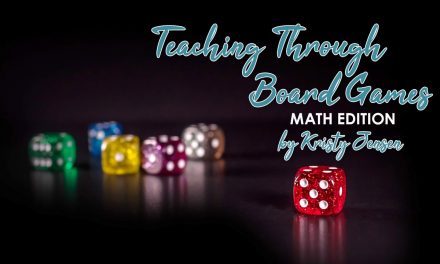Computers are rapidly becoming integrated into almost every level of our lives. Entertainment, sociality, education, and even most jobs involve or require them. It’s all well and good when computers are “out there,” requiring only a passing knowledge — but job requirements and skills are changing.
Cursory computer experience will no longer be acceptable in most positions, so it is of vital importance that children are have a knowledge of computers, software and yes, even programming. Even children without an interest will reap major benefits from having that knowledge. So how do you ensure your children start out on the right path, develop their skills, and learn everything they need?
While I personally advocate for computer education regardless of interest, it is helpful to know whether a child may develop an interest in programming. After all, most kids seem to have a penchant for computers – especially computer games. There are three signs that your child may have a natural interest in programming and computers in general. The first is an interest in logic activities. Most 5-8-year-olds who excel at puzzles and logic games will develop an interest in programming and computers, which revolve around problem-solving. These kids will usually prefer interactive entertainment rather than TV or other forms of passive entertainment. The second clue is creativity within games. This means your child enjoys playing games (digital or not) which involve building, logical or strategic thinking, or acting creatively. Children who prefer these types of games will often proudly display their latest creation to you! The last and most telling is game modification. Does your child take a game, figure out how it functions, and then try to change the rules or add new parameters to it? Kids who seem more interested in learning how a game works and how to break it are often inclined to become more computer-savvy. Keep these three signs in mind when observing your child’s level of computer interest. All too often, children who have great technical potential squander it and become too interested in unproductive entertainment—playing for the sake of fun rather than learning anything about how games or computers function.
Generally, a “computer course” is curriculum or software that teaches computer skills. These can fall under three broad categories. Programming courses are the most useful for kids and teach a specific programming language such as Scratch, Javascript, Python, C++, etc. Programming languages are a way to tell the computer what you want it to do—and while some programming languages are easier to learn, they all do the same thing. Scratch is a good starting point and is the easiest language for kids to learn, followed by Javascript and Python. Scratch is a visual programming language: instead of writing code, kids organize colored “boxes of code” instead of typing it out themselves. This simple interface makes it suitable for kids between 7-11. Javascript, Python, and most other programming languages entail writing code from the ground up, making them suitable for kids 10-11 and up. Software courses teach how to use popular applications, such as Microsoft Word, Excel, Photoshop, and more. These are useful for junior high or high schoolers to learn proficiency in Excel® or Word® for school assignments and for their college courses down the road. The last category is Computer courses. These cover broad topics such as Operating Systems (the underlying software that guides the computer), Internet Literacy (safely using the Internet), or a combination of many other computer skills. While some courses in this category are useful for 11-13-year-olds, high schoolers will usually receive the most benefit. Regardless of which type of course you choose, remember that you might opt to learn right along with your student. The benefits (for both of you!) include faster and clearer understanding, higher motivation, and greater long-term interest.
Keep in mind that every student (and you as the teacher!) will benefit from some exposure to computer courses. There is no harm in incorporating a semester or two of programming to see if it takes, but kids with aptitude or interest will benefit from “technical” computer courses, including programming. The most direct way to ease children into long-term computing is to incorporate some programming curriculum into your homeschooling schedule. If that does not work out in middle school, you may want to wait until high school to teach more general computer skills. You can rest assured that the benefits students will gain from learning programming or computers will transfer to any number of technical skills. Logic itself is the foundation of programming. It’s not just about memorizing computer languages or specific technical skills, though those aspects do come into play; the core of programming is creating a piece of software in a logical manner. Programmers must be patient, thoughtful, and intelligent to be successful. The benefit of these skills is certainly not limited to computer-oriented occupations!





